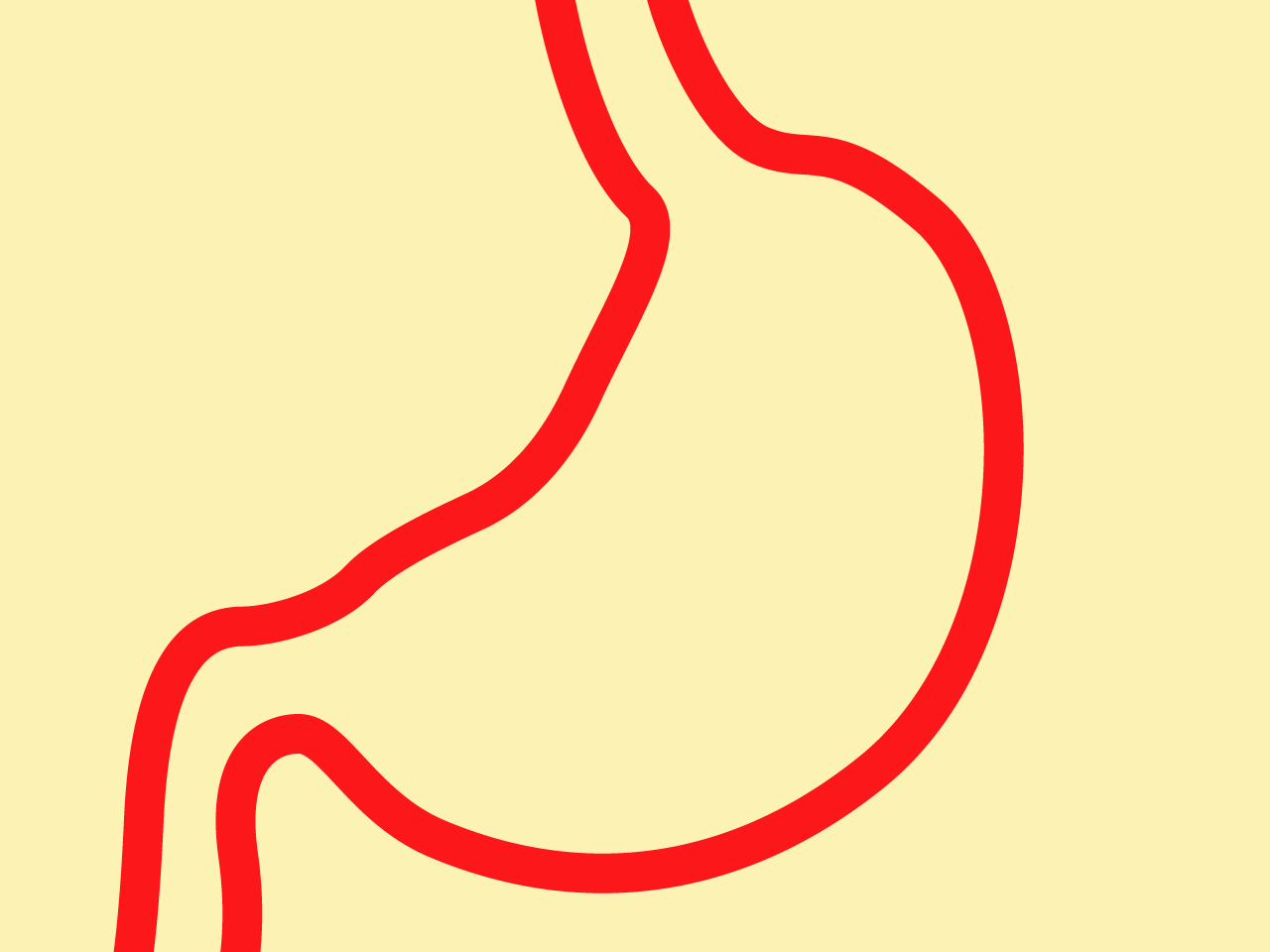- Salmonella: Between six hours to six days (not a typo!) after exposure
- Norovirus: Between 12 and 48 hours after exposure
- E. coli: Three to four days after exposure
- Listeria: One to four weeks after exposure
Stomach flu symptoms
The symptoms of the stomach flu usually aren’t all that different from the symptoms of food poisoning (meaning they can also lead to dehydration). According to the Mayo Clinic, you may experience the following, which typically start to appear one to three days after you’ve been infected:
- Watery, usually non-bloody diarrhea
- Abdominal cramps and pain
- Nausea, vomiting, or both
- Occasional muscle aches or headache
- A low-grade fever or chills
“If given the options, I would take three weeks of a cold, cough, and fever over 48 hours of a stomach bug because it can really knock your socks off,” Dr. Gorwana says.
How long does the stomach flu last compared to food poisoning?
Thankfully, both illnesses are typically short-lived as long as you don’t develop any complications (even if the symptoms make it feel like the longest few days of your life). Most cases of the stomach flu last for less than a week and many people get better on their own without medical intervention, according to the NIDDK. As for food poisoning, you can expect a mild case to last a few hours to several days as well.
Is food poisoning contagious? What about the stomach flu?
Pathogens like salmonella, norovirus, and E. coli can spread from person to person. In fact, if you have a norovirus illness in particular, you could be shedding billions of microscopic particles—and only a few are needed to cause illness, according to the CDC.
A person can eat food that leads to food poisoning or the stomach flu, for example, and then spread these germs around their immediate environment, says Dr. Gowara. You can get sick by having direct contact with the infected person, like through caring for them or sharing eating utensils. In an unpleasant-to-think-about scenario, you may also get sick by touching a surface that is contaminated with the pathogen (say, from the infected person’s puke in the bathroom) and then putting your unwashed fingers in your mouth.
A person is most contagious when they’re experiencing their symptoms at full throttle, especially vomiting, as well as during the first few days when they’re starting to feel a bit better, per the CDC.
How do I know if I have food poisoning or a stomach bug?
There’s a lot of overlap between the symptoms of food poisoning and stomach flu, so you—and your doctor—may need to do a little detective work to try to suss this out. “It’s extremely hard to tell the difference between the two,” Dr. Gorwana says. Mostly, it comes down to the symptoms you’re dealing with. Here are a few key areas to consider:
When did your symptoms start and how long are they lasting?
Remember, the stomach flu typically shows up within one to three days after you’ve been exposed. So, after that, you should start to feel like yourself again, Dr. Adalja says.
If you’re dealing with symptoms for a shorter or longer time than a day or two, you may have food poisoning. While norovirus is a common cause of both food poisoning and the stomach flu, so many pathogens can potentially cause food poisoning that it can have a wider time frame than the stomach flu. Symptoms of food poisoning can crop up just a few hours after contamination, or even days or weeks later, and they can typically last from a few hours to several days, according to the Mayo Clinic.
What’s the diarrhea situation looking like?
If you have diarrhea and are brave enough to look into the toilet bowl, take a peek. It’s like the poop version of reading tea leaves: If you see blood in your diarrhea, it could be a sign of food poisoning.

